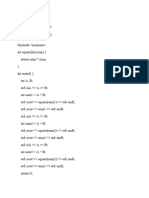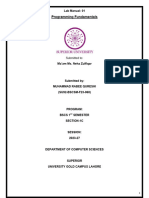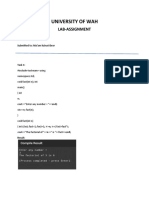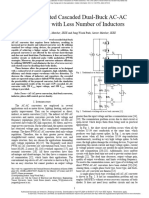0% found this document useful (0 votes)
29 views7 pagesLab Paper of CPP
The document outlines ten programming tasks in C++, each with a specific objective and corresponding code implementation. Tasks include a student grading system, prime number verification, factorial calculation, Fibonacci sequence generation, matrix operations (addition, transposition, multiplication), string reversal, a simple calculator, and number pattern generation. Each task is accompanied by an explanation of its functionality.
Uploaded by
abdullahwan876Copyright
© © All Rights Reserved
We take content rights seriously. If you suspect this is your content, claim it here.
Available Formats
Download as DOCX, PDF, TXT or read online on Scribd
0% found this document useful (0 votes)
29 views7 pagesLab Paper of CPP
The document outlines ten programming tasks in C++, each with a specific objective and corresponding code implementation. Tasks include a student grading system, prime number verification, factorial calculation, Fibonacci sequence generation, matrix operations (addition, transposition, multiplication), string reversal, a simple calculator, and number pattern generation. Each task is accompanied by an explanation of its functionality.
Uploaded by
abdullahwan876Copyright
© © All Rights Reserved
We take content rights seriously. If you suspect this is your content, claim it here.
Available Formats
Download as DOCX, PDF, TXT or read online on Scribd
/ 7























































































